TV's Sian Astley reveals her renovation secrets to saving money on a project
Prepare to roll-up your sleeves because lady builder and DIY SOS interior designer Sian Astley is sharing a few of her renovation secrets to save thousands of pounds on your next project
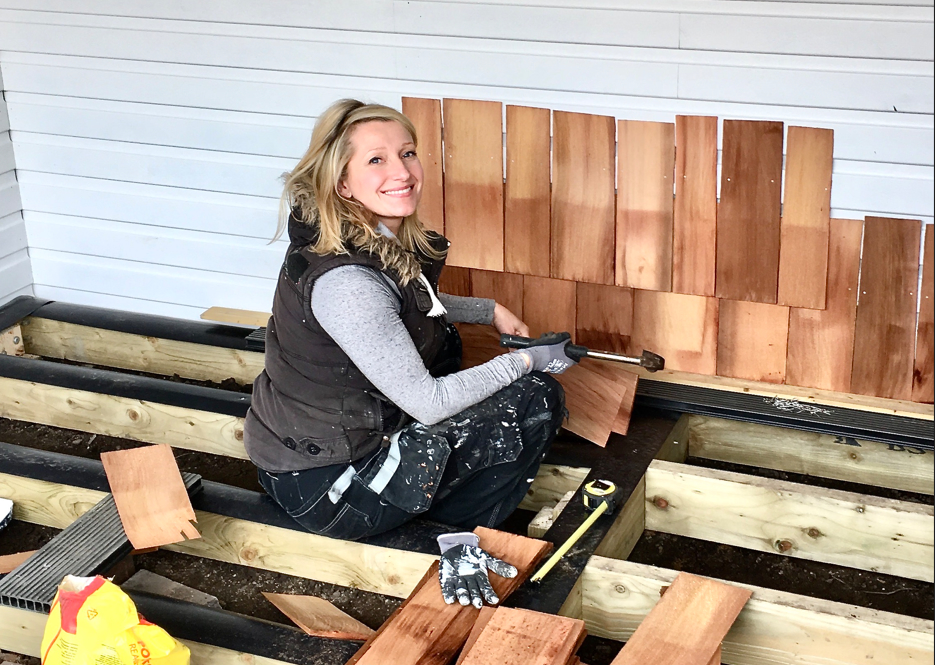
Renovating can be a daunting task — perhaps more so than ever before right now.
For over a decade, through the noughties and on into the noughtweens, we had a deluge of European cheap labour and then crazy low interest rates, both of which helped fuel a property boom.
These things outweighed the increase in worldwide material prices such as copper and timber from the massive expansion of BRICS development (Brazil, Russia, India, China and South Africa). So far so ‘good’. But layer on top the fallout from a global pandemic and Brexit, phenomenal energy increases, plus the inevitable backlash from years of unsustainably accessible credit and what do we get? Eye-wateringly high renovation and build costs.
As a project manager specifying and buying products or materials for clients — not to mention doing the same for my own business — I've had firsthand experience of how you can keep finances in check.
Here I share these to help keep your costs as low as possible when renovating a house as well as for other build projects.
1. Carefully strip out to keep materials to re-use
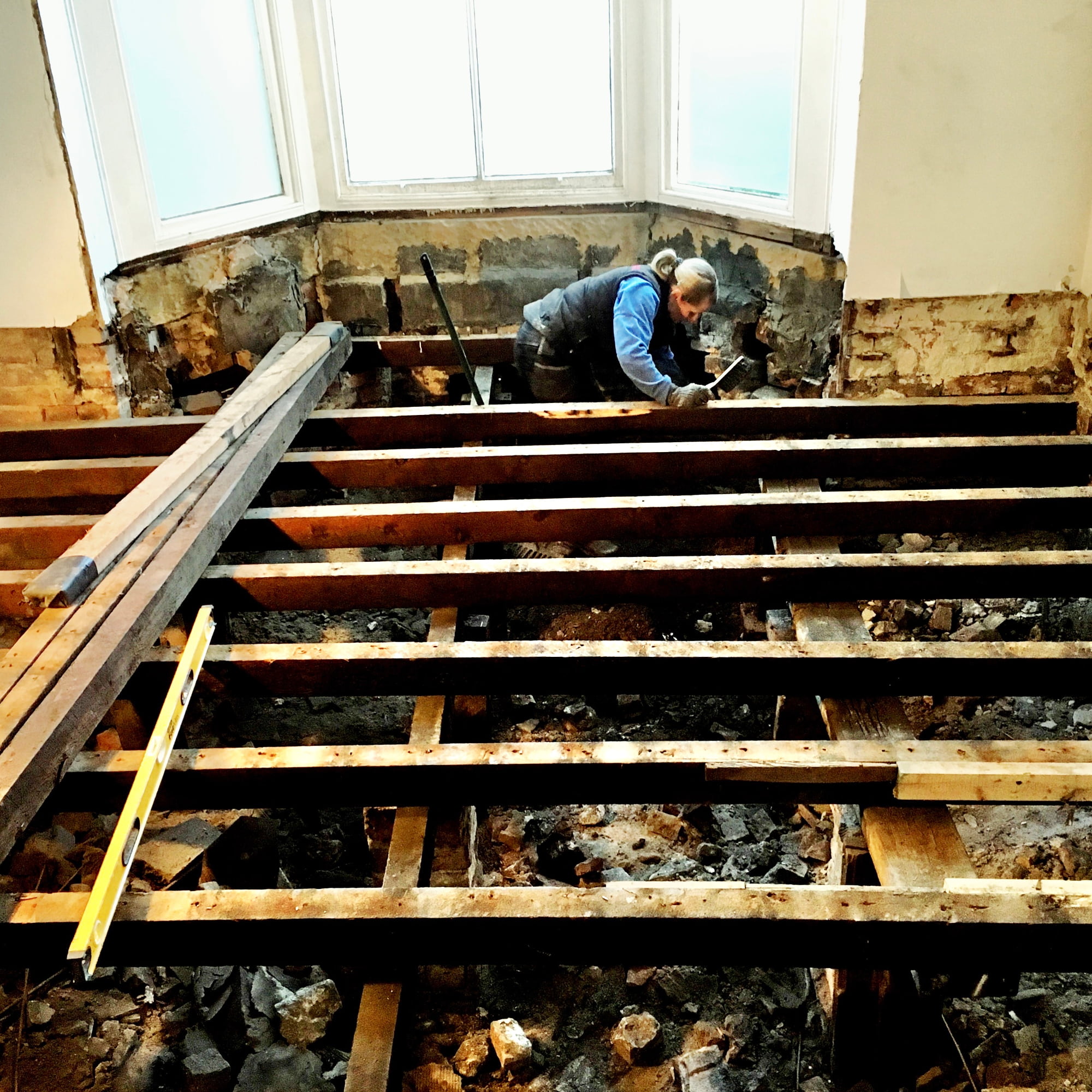
On a recent period property renovation, I held a strip out day, paying two members of the build team to assist, which served two purposes:
1. It ensured our client was better positioned to allocate funds on the build and therefore the finishes. For example, we took down part of a ceiling and opened up a wall to ascertain the construction and thus better quote for build works and order materials.
2. It allowed us to carefully remove, label, photograph and store all the items earmarked for re-use. The painted wooden internal doors were dipped and re-hung, along with all the meter cupboard and storage doors. Original 1950s steel light shades were filthy and unloved, but cleaned up beautifully to be re-sprayed. Bag up knobs, hinges and hooks for restoration, as all of this is irreplaceable treasure when restored and re-polished. It’s all part of your home’s history, so it’s lovely to tie it back in again in some small way. And it’s free!
2. Sell your scrap!
My extractor hob was paid for largely by the old copper pipes ripped out from our build, I kid you not. We saved every piece, waited for copper to hit a decent price per kilo and weighed it in. Never has the phrase one man’s trash meant more. It does take effort and commitment, but everything has a buyer when you renovate on a budget.
Take a good photo of items you think might sell before your renovation starts and advertise in advance. Full kitchens will sell when still in situ, but not when dismantled. Lead from a roof can be weighed in. Even colourful 1970s bathrooms are having a moment!
3. Be prepared to get stuck into your project
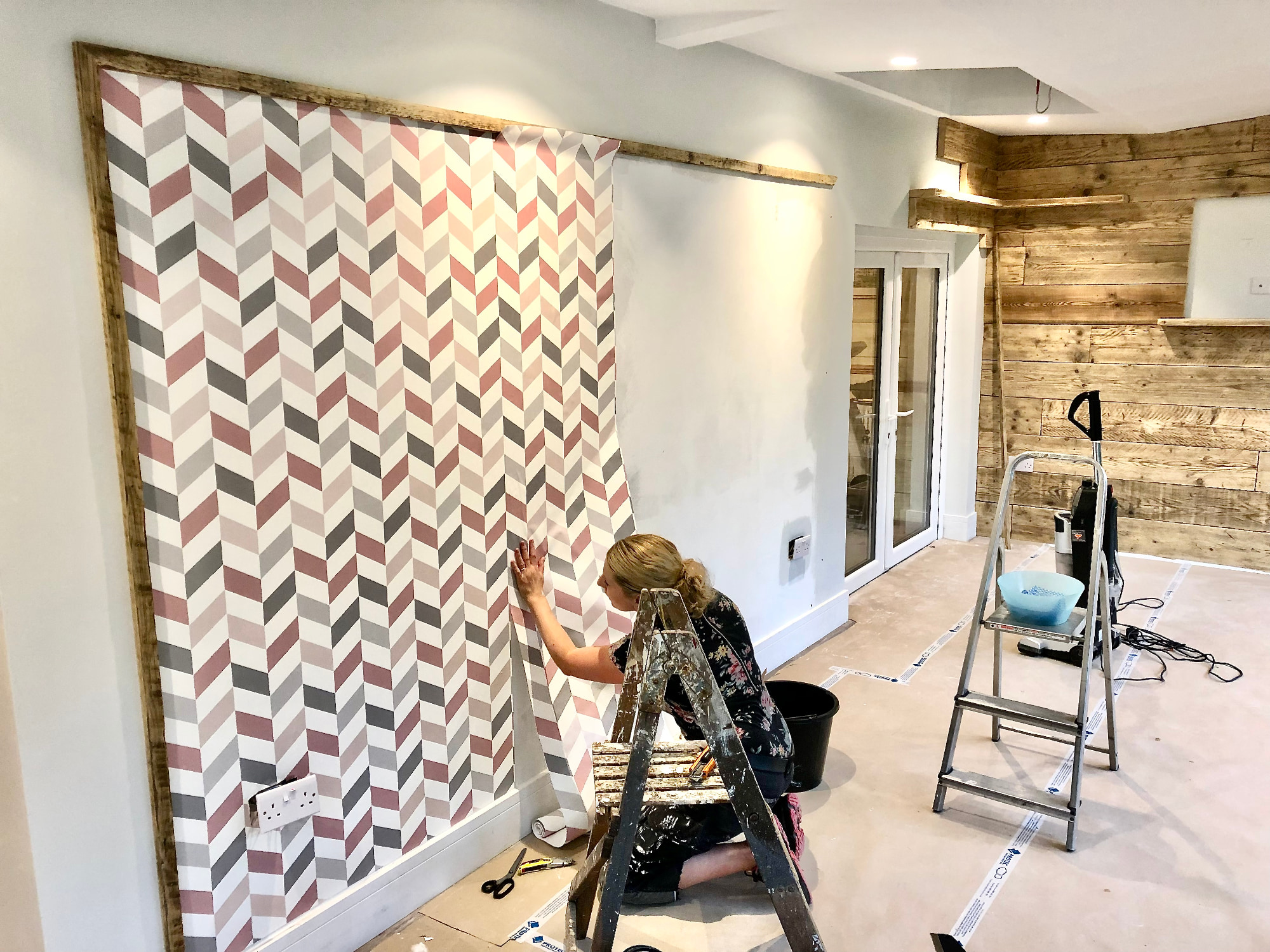
I can’t stress enough that no-one will care about your bottom line as much as you do. No matter how often your builder promises to be cost aware, once that build starts it will be 100mph and they will not make the time to shop around. Only you will do that.
Spend time before your build starts scouring the internet for deals, shopping around in advance to secure good prices and finding local suppliers with the stock you need. And it’s not just the clean jobs either. Unless you’re paying top whack for a builder to manage every trade, it will fall to you to keep your site spick and span, to you to keep things ticking along and to you to ensure everyone has what they need in advance.
4. Specify materials that are easy to get hold of
Careful choices at the start of any build can help keep house renovation costs down in several ways. If materials such as bricks or slates have been cleaned and saved to re-use, Google local salvage or brick yards and take in a physical example of what you wish to match. Often local materials which match the vernacular of your build will be available from other demolitions.
That super unusual construction material might well be amazing on Grand Designs, but can you find the funds to stretch out your build if it won’t arrive for six months, or any problems with it mean another huge delay? All food for thought when deciding on specifications.
With things how they currently are, I’d also suggest going easy on imported items if you don’t have the luxury of long lead times or anywhere to store bulky items such as glazing or kitchen carcasses – the words ‘stuck on a container’ strikes dread into builders’ hearts.
5. Look at timber with new eyes
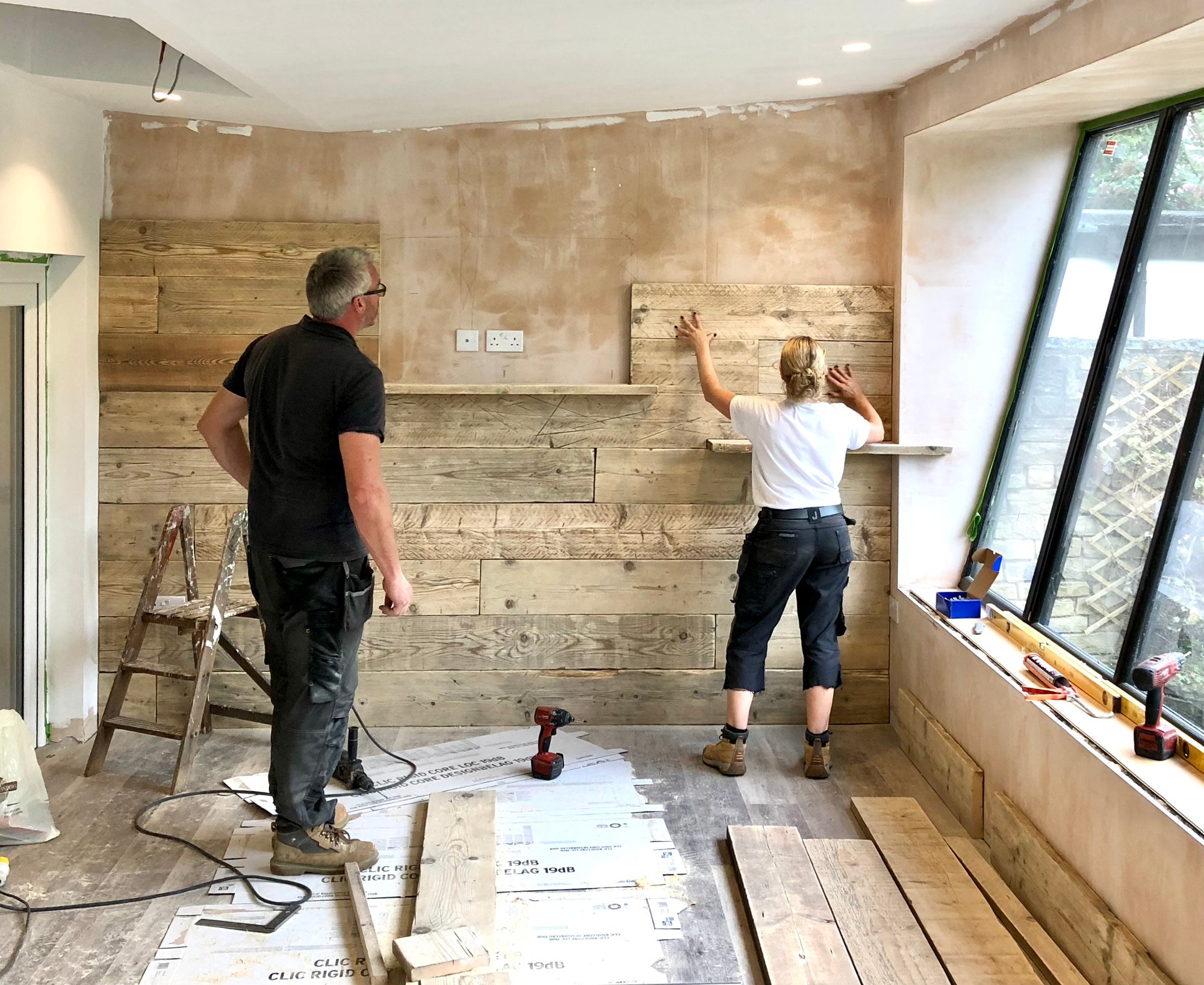
I’ve lost count of the times I’ve heard renovators say “We wish we’d kept that length we skipped”, whilst getting out the plastic to pay for more timber. Look at the layout of your renovation with new eyes and assess where you might need extra pieces or skirting or architrave - maybe a room is being re-jigged or extended? It’s likely that a length elsewhere in the house is being removed so stop the builders roughly breaking them off for the skip. Not only that, but finding modern profiles to exactly match what you have can be nigh on impossible.
Set up a couple of pallets in the garden and lie the carefully removed full lengths off the ground, covered by a protective plastic tarpaulin, to be used later at the first fix joinery stage. Modern skirts are made from MDF or fast grown white wood, whereas old architraves and skirting are beautiful rich yellow or pitch pine. When stripped and dipped they even make stunning feature surrounds for wallpaper or mirrors. Wood like this will never be available again, it’s just not cost effective to slow grow it like this anymore. Once lost, forever lost.
6. Stock items and buy in advance
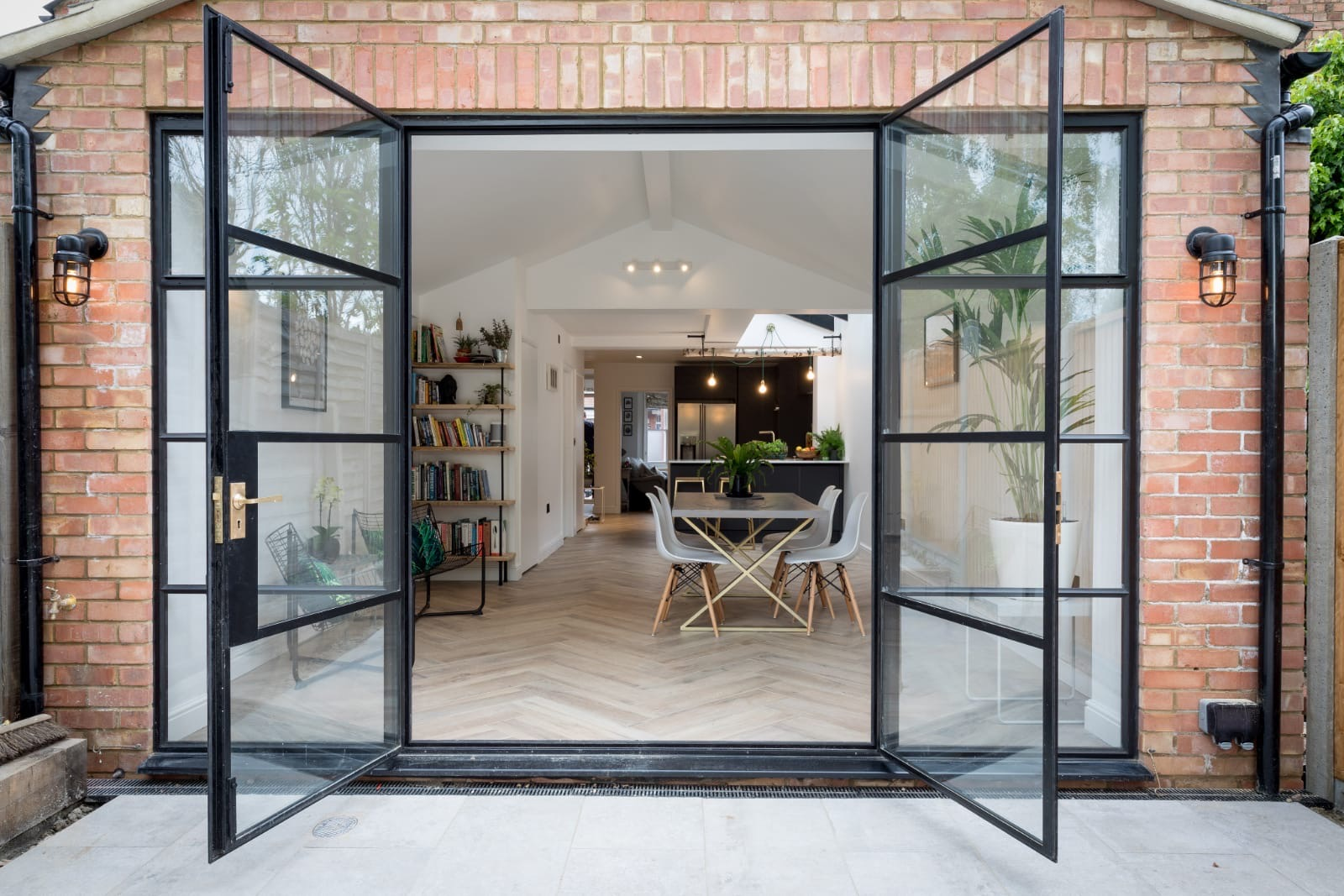
I always ask if materials are immediately available as very few companies now hold stock, which isn’t always clear from websites. Often more established companies can hold stock once purchased, and release it when required – very useful for a smooth build!
“It's advisable to place orders in advance to avoid disappointment. Although we stock virtually our entire tile collection to high levels in the UK, our most popular lines move fast and can go out of stock quickly. Similarly when larger meterage orders are required, it’s always best to order as soon as the tile choice has been made,” says Louisa Morgan from tile specialist Mandarin Stone. This is really good advice from a supplier I use often. Delays with materials always cost money.
8. Source from Facebook Marketplace and eBay
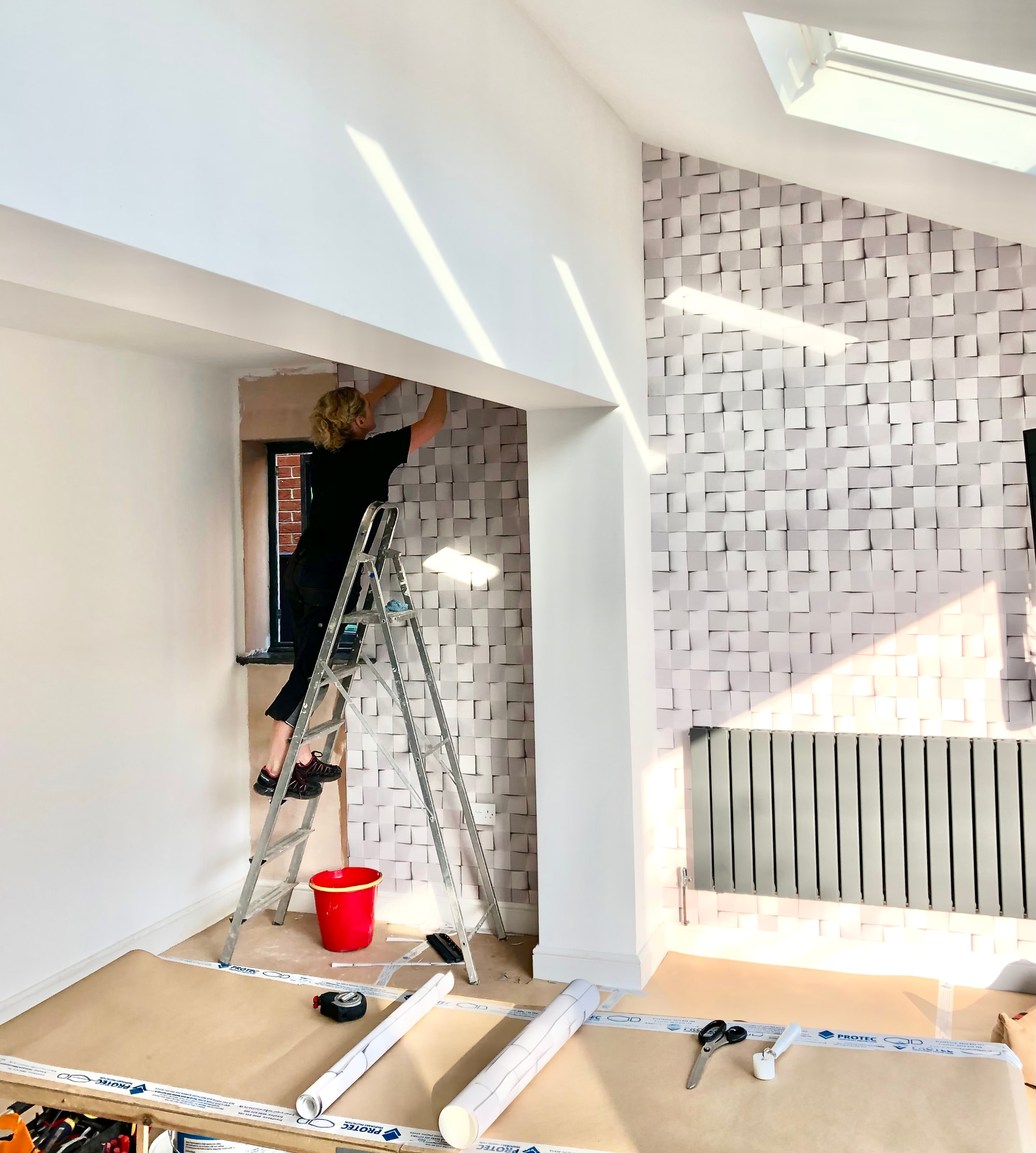
If you've been browsing brilliant home renovation ideas you'll probably be wondering where to source affordable materials such as tiles and statement lighting? Try buying from online marketplaces such as Facebook and Ebay. These are absolute treasure troves for canny renovators. Armed with your correct measurements and specification list, trawling through these sites can unearth fantastic bargains.
Tiling a fireplace? People are always selling 1m2 of excess tiles. Looking for white goods? Stores such as John Lewis often sell returned or slight second goods for a fraction of the RRP. Even leftover building materials like rigid insulation or plasterboard are often advertised for bargain prices when people just want it off their site or out of their garage.
10. Be kitchen savvy
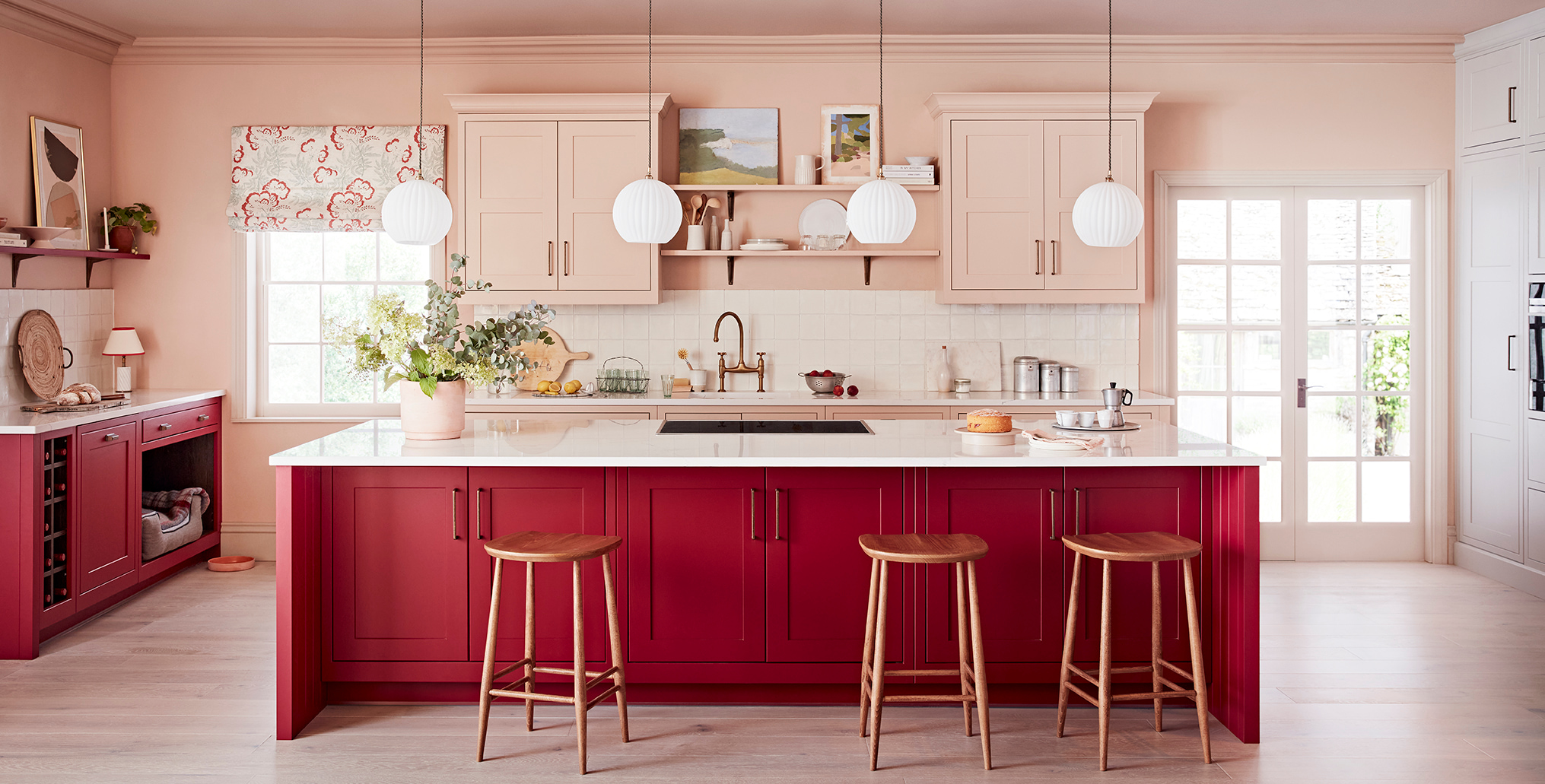
There are many articles specific to cheap kitchen renovations or a new kitchen for under £5k but here are a couple of my top tips to reduce your spend:
1. If a kitchen layout is already pretty spot on, why not consider re-painting the existing doors if the cabinets are in good nick, or buying new doors from the same supplier, if possible.
2. It’s a relatively straightforward job to upgrade work surfaces with new compact laminate worktop for example - a new worktop, upstand and appliances will create a dramatically different look with only a couple of days work. Leaving the services where they are in terms of water, waste and electrics - essentially replacing like for like - is the most cost effective way to save money when renovating a kitchen.
3. If there’s an existing tiled floor that you don’t like and door heights allow, new materials such as screeds and primers now allow for levelling and tiling over an existing floor to reduce rip out and labour costs.
9. Learn new DIY skills
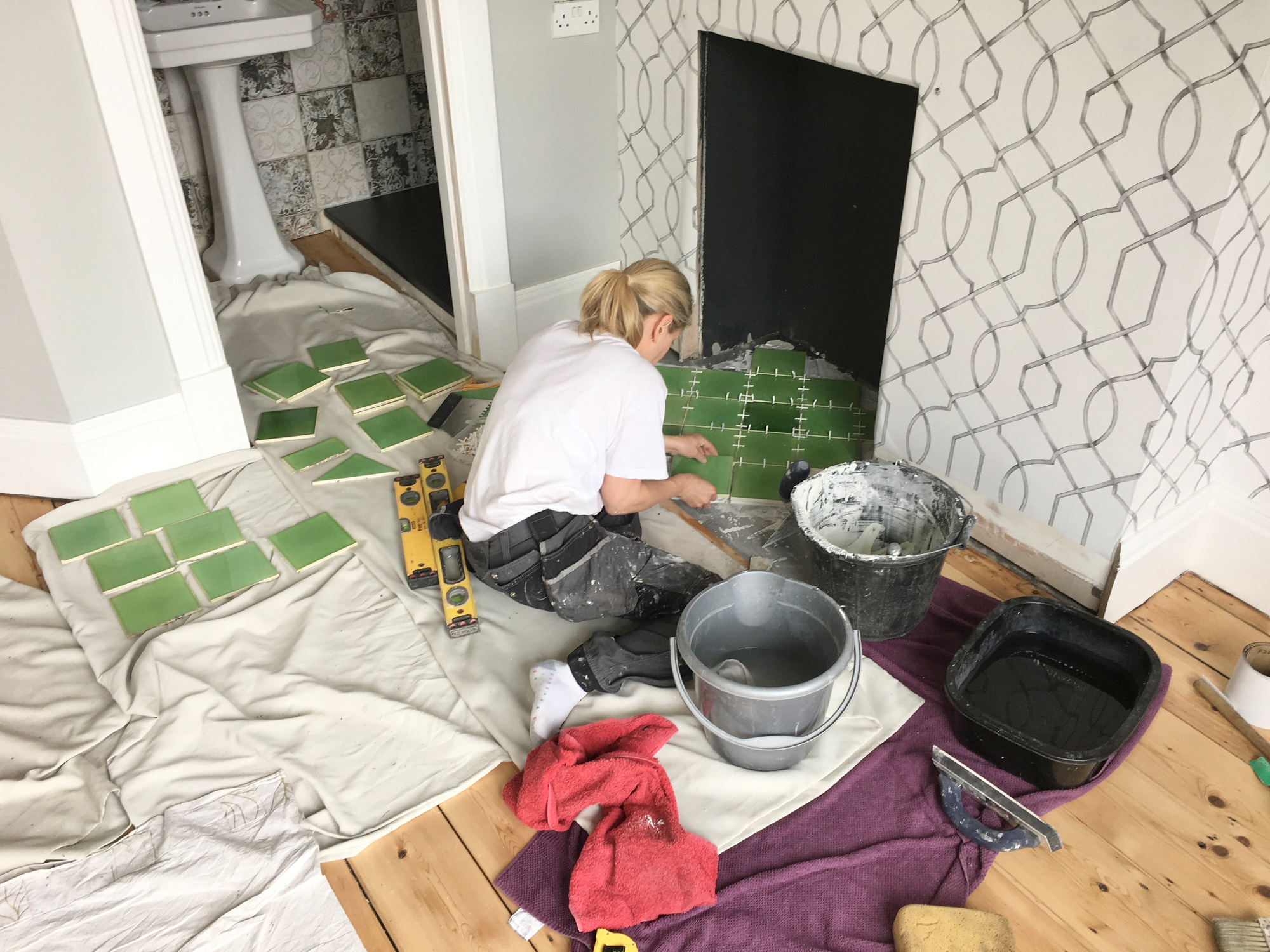
There are many ways a renovator who’s prepared to get stuck in can reduce costs on their build, in conjunction with their builder and trades. I cannot believe the rates being charged by tilers at the moment, and though large format porcelain are truly specialist, smaller format tiles in easy areas can often be fitted on a DIY basis.
Online videos are super helpful and many experts and trade companies now feature How To's on their You Tube, Instagram and even TikTok channels. Beware influencers who make it look too easy, and look for people with a background in practical renovating.
10. Keep a lid on bathroom spend
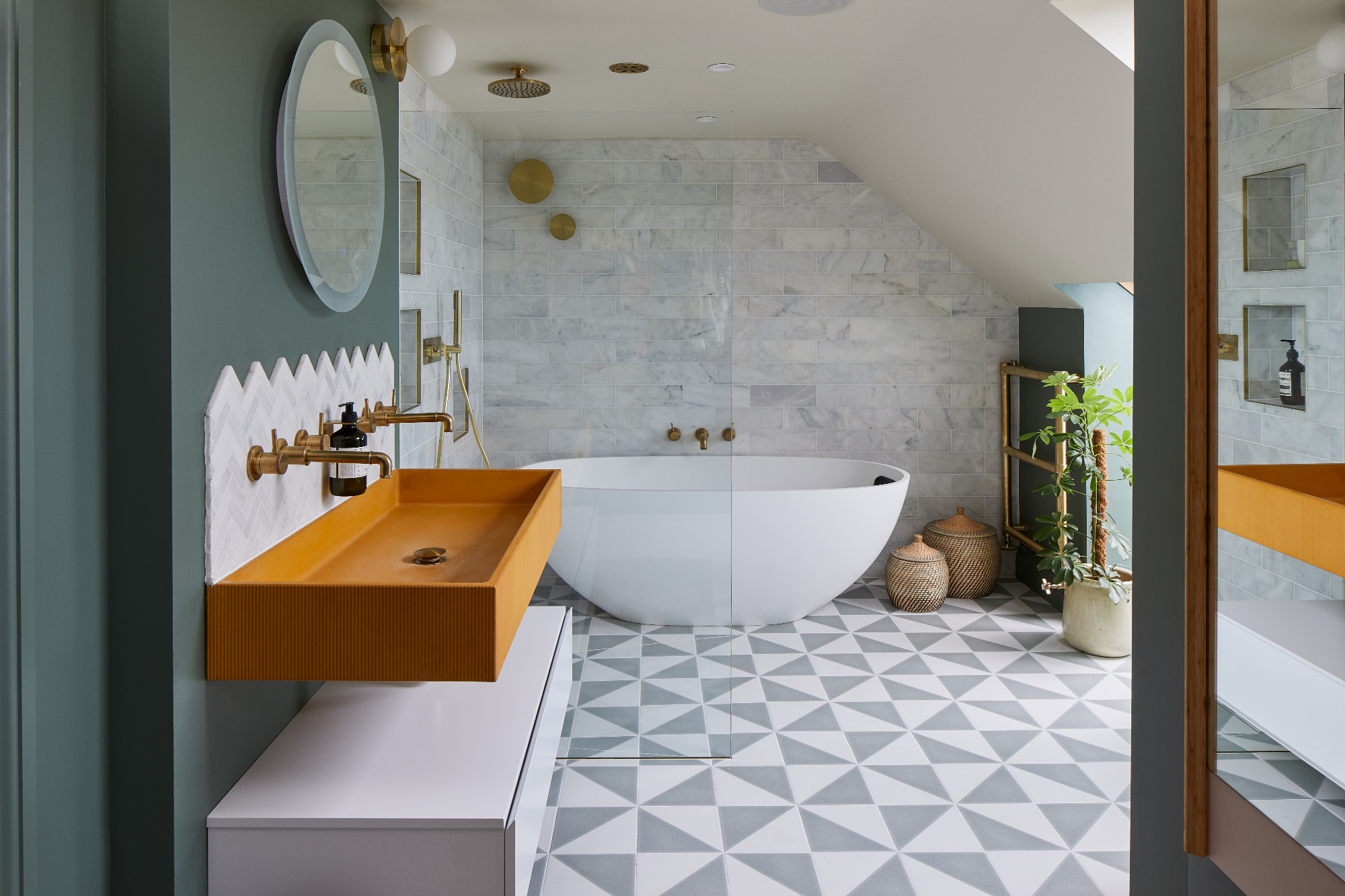
In exactly the same way as kitchens, replacing bathroom fittings like for like is the cheapest way to renovate a bathroom, but this isn’t always possible. There are some tricks, however, that are well worth trying:
1. Set up eBay searches for that super sexy tap or shower you’ve fallen in love with, as you’ll be amazed how often people buy the wrong thing or have it from ex-display.
2. Upcycle a vintage cabinet bought for a steal and place an affordable online bought basin on top.
3. Measure carefully for the tiles needed and write these in notes on your phone so when you spot a bargain, you can be quick to purchase.
4. Keep an eye on online sales or ask your builder to set up a trade account with your chosen online supplier, 10-20% off is a lot when it comes to buying a full bathroom suite!
11. Shop end of line and closing down sales

When the economy is troubled, It’s a sad fact but there are bargains to be had when stores close down or companies are trying to shift stubborn stock. Please don’t be that person who thinks of interior choices like fashion, end of line doesn’t mean undesirable or not worth having, it simply means that the supplier has too much stock, or has new lines coming in. If it works with your scheme and you love it, you’ll still love it in five years, ten years.
There’s been too much ‘on trend’ renovating, it’s unsustainable and passé. Decide on your scheme and be that canny shopper who bags a bargain, whether online or at a supplier’s commercial yard or end of season sale. My Norman Foster bath came from a closing down sale in 2008 and was stuck in a cellar for 5yrs. I still adore it.
Get the Homebuilding & Renovating Newsletter
Bring your dream home to life with expert advice, how to guides and design inspiration. Sign up for our newsletter and get two free tickets to a Homebuilding & Renovating Show near you.
Sian Astley is a TV presenter, interior designer, self-builder and serial renovator
